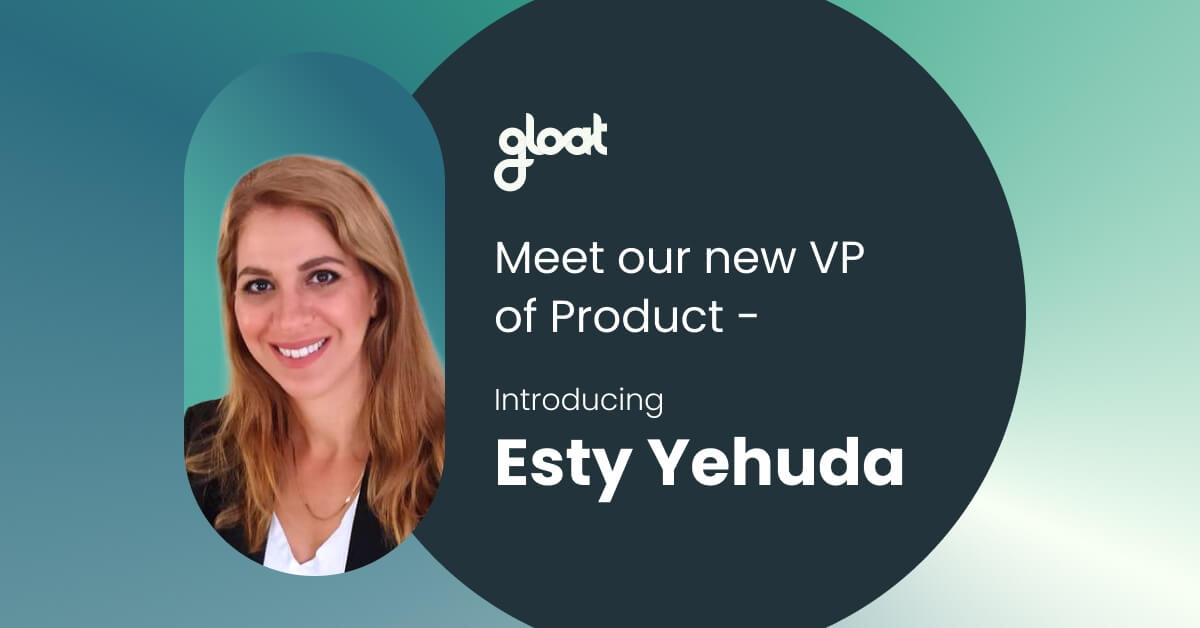Introducing Workforce Intelligence, a single source of truth for better business decisions
How we’re taking the mystery out of dynamic workforce planning with one integrated, open platform

When it comes to workforce planning, we’ve been dealing with cracks in the system for quite some time. For years, leaders have lacked full visibility into their talent pools. They’ve relied on disparate technologies to manage talent, meaning that identifying skills gaps, designing jobs, and looking at job architectures have long been a game of guesswork. Fundamentally, these disjointed platforms created gaps of their own.
COVID-19 and the Great Resignation that struck in its aftermath have brought these challenges to the surface. When businesses needed to act quickly, hire with focus, and identify critical upskilling initiatives for their organization, the information they relied on was often siloed in different systems. Now, calls for change in talent management are only getting louder, meaning business leaders must make high-stakes decisions on accelerated timelines. But there’s an explosion of data, skills gaps are widening, and the clock is ticking, so even identifying a starting point for building a future-fit transformation strategy has become a mystery of its own.
So what does it take to craft a path forward? First and foremost, we need to retire this broken approach to workforce planning and create a single source of truth that gives leaders the insights they need to make better business decisions. Here at Gloat, we’ve spent years harnessing the power of AI to match people to opportunities, and we’ve built up a wealth of data on employees, profiles, careers, jobs, opportunities, and skills. Now, we’re bringing these insights together to drive our Workforce Agility Platform, equipping business leaders with the data to gain greater insights into their workforce and the platform to connect talent across an organization.
The Background
Our job as product managers and designers is to recognize that business leaders don’t always know what they need to solve their next challenge. We have to analyze the numbers and see the story that the data is telling us. When it comes to business transformation for the future of work, it’s clear change is needed: 71% of organizations are embarking on transformations. 72% of CEOs state that the lack of critical skills in their workforce is a key threat to their business growth today. And 64% of CHROs are asking for a new approach to data to help them make better business decisions.
But what do these “transformations” and “new approaches” look like? We realized you can’t deal with skill gaps or job architectures in a silo. This is about how organizations approach job design, upskilling, hiring, and job architectures holistically to drive results for their business.
The Mission
We needed to help business leaders make sure they have the right skills, in the right places, at the right time. How? We set out to reduce uncertainty around what skills need to be prioritized, how people should be compensated for these capabilities, and how to bridge existing knowledge gaps.
Fortunately, we already had a powerful secret weapon on our hands: Gloat’s collection of rich data and insights that power our AI-enabled Talent Marketplace. Our AI layer connects, cleans, and normalizes data, integrates information from disparate platforms and tools, and creates one harmonized data set.
We have plenty of experience using prescient insights and data to match people to opportunities. And with Workforce Intelligence, we’ve enabled this data to help us relate employee skills and interests to full career paths, using information about how jobs in an organization relate to one another, to skills and people, and to help employees develop in their careers. Yet behind these applications of our data, there’s another way we can harness this information. Powered by analytics, our Workforce Agility Platform also provides predictive insights on skills, job descriptions, and hiring needs to keep business leaders one step ahead in their workforce planning while connecting workers to relevant opportunities.
The Approach
With our Workforce Agility Platform, we knew we could move the needle on dynamic workforce planning and give business leaders the answers they were looking for. We are now connecting the insights and data that power our AI layer to more data sources across organizations, including existing company skills data and market information on compensation, providing tactical, tailored insights for leaders.
All of this data is used to create job architecture models, insights on what skills are critical for open roles, and skill management to inform upskilling initiatives and hiring needs, pinpointing where untapped talent exists across your organization.
This is the foundation for our Workforce Agility Platform, which includes:
- Talent Marketplace: Tap into qualified talent on demand, retain and deploy critical skills, and put employees in the driver’s seat of their careers by providing them with a marketplace of opportunity to continuously develop and grow.
- Workforce Intelligence: A central platform to understand your workforce, inform talent strategy, and drive business growth in real-time—supercharged by Gloat’s Talent Marketplace.
The Solution
These capabilities come together to shed light on the uncertainty that once threatened to sabotage workforce planning decisions. With Gloat’s Workforce Agility Platform, leaders no longer need to be in the dark about the skills they must develop within their organizations, what they should hire for, and how to connect the right people to the right opportunities.
Instead, they can connect talent with projects and training opportunities that reflect their interests, spurring better collaboration and more agile ways of working. They can keep a pulse on skill trends within their industry, seeing how the values of roles are changing in real time. They can put employees in the driver’s seat of their careers, providing personalized career paths that show where their capabilities can take them within the organization. And they can leverage once-disparate data sets into a single, harmonized source of truth to see a holistic view of their company’s jobs and skills.
And that’s just the beginning. As our journey to solving the mystery of dynamic workforce planning comes to a close, the ball is now in every leader’s court. Stakeholders finally have one integrated, open platform that will arm them with the insights and information they need to ensure their organization thrives in the new world of work.
As our journey to solving the mystery of dynamic workforce planning comes to a close, the ball is now in every leader’s court. Stakeholders finally have one integrated, open platform that will arm them with the insights and information they need to ensure their organization thrives in the new world of work.







